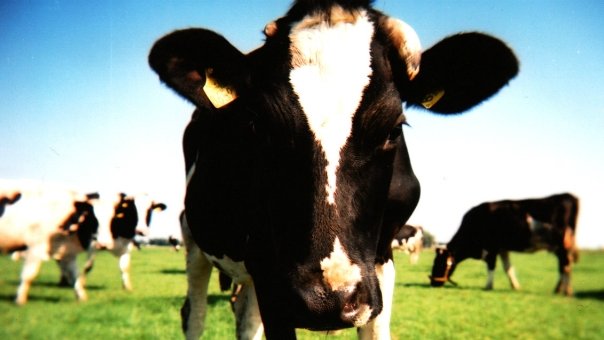The antibiotics in our food
10 Nov 2015
Written by Lance B. Price
Lance B. Price, Ph.D., is a microbiologist and the director of the Antibiotic Resistance Action Center at Milken Institute School of Public Health at the George Washington University in Washington DC.
I’m excited about the Longitude Prize and the potential for rapid diagnostics to ensure that only patients with bacterial infections receive antibiotics and to reduce the unnecessary use of broad-spectrum antimicrobials. However, even as we strive to better manage antibiotics as precious, life-saving resources in human medicine, many food-animal producers continue to use them like cheap production tools.
Studies from around the world and dating back to the 1960s have drawn solid links between the use of antibiotics in agriculture and the emergence of antibiotic-resistant pathogens. In particular, there is strong evidence that antibiotic use in food-animal production breeds antibiotic-resistant bacteria that can ultimately make their way to people ranging from agricultural workers to consumers.
Are we having antibiotics for dinner?
The sheer volume of antibiotics used in food animals around the world is staggering. According to a new report, The State of the World’s Antibiotics 2015, two-thirds of all of the antibiotics produced globally each year (65,000 tons of 100,000 tons) are used in animal agriculture. As the world’s appetite for meat grows, so will the use of antibiotics. And it’s projected that by 2030, the food-animal sector will use 105,000 tons of antibiotics annually.
Most often these invaluable drugs are used on large industrial farms to help animals grow faster and compensate for dirty and overcrowded living conditions. This practice poses a particular threat to human health because it involves feeding antibiotics at low doses, which can promote the gradual evolution of bacteria that are clinically resistant. For example, after repeated exposure to antibiotics, foodborne pathogens such as Salmonella and Campylobacter can develop resistance, and when people inadvertently consume these bacteria on contaminated meat, they can acquire resistant infections. When this happens, physicians have fewer therapeutic options, which drives them to resort to more powerful broad-spectrum antibiotics that are our last lifeline for treating severe multidrug-resistant infections in the hospital.
New research is showing that the scope of this problem extends well beyond the classic foodborne pathogens and that other dangerous bacteria flow seamlessly between food animals and people. We now know that new strains of methicillin-resistant Staphylococcus aureus (MRSA) have emerged in livestock and spread to people working in and living near hog farms. And now there is strong evidence that foodborne E. coli – and possibly Klebsiella pneumoniae – can cause antibiotic-resistant urinary tract infections in people, significantly broadening our understanding of the potential public health consequences of antibiotic use in food-animal production.

What can we do about it?
Antibiotic resistance is a serious, global threat to human health. Everyone has a role to play in combating it, including food-animal producers, the pharmaceutical industry, policymakers and consumers. So, what role can an individual play in fighting antibiotic resistance?
People should be careful handling raw meat products in the store and at home. There are numerous food safety practices to lessen exposure to bacteria on raw meat, including:
- washing hands and kitchen surfaces often
- not rinsing meat, since that tends to spread bacteria
- using separate cutting boards for meat and produce
- cooking meat to recommended temperatures; and storing meat properly.
The U.S. Centers for Disease Control and Prevention has excellent resources on how consumers can protect themselves from foodborne diseases.
People can also vote with their wallets by purchasing only from companies that are transparent regarding antibiotic use and have committed to using antibiotics responsibly. In the U.S., consumers should look for the following approved labels: Raised without Antibiotics, No Antibiotics Administered, Organic, Certified Responsible Antibiotic Use, Animal Welfare Approved, or Global Animal Partnership Certified. Consumers in other countries should look for equivalent marketing claims or urge their governments to adopt transparent and verifiable labels regarding antibiotic use.
Let me stress, this does not mean that only meat eaters should be concerned about antibiotic resistance. It spreads as bacteria move from place to place through human contact and contaminated food and water. It spreads through communities, hospitals, and farms. Animal waste that contains antibiotic-resistant bacteria is often applied to cropland as fertilizer, potentially contaminating fruits and vegetables. Therefore, even non-meat eaters can be affected by the abuse of antibiotics in food-animal production.
Antibiotic resistance is everyone’s problem. Antibiotics are losing their effectiveness at an alarming rate. Overuse and misuse of antibiotics must be addressed at every level – in humans, animals, and agriculture – to reduce antibiotic resistance and protect this precious resource for future generations.
Related resources:
WHO guidance to the agriculture sector

